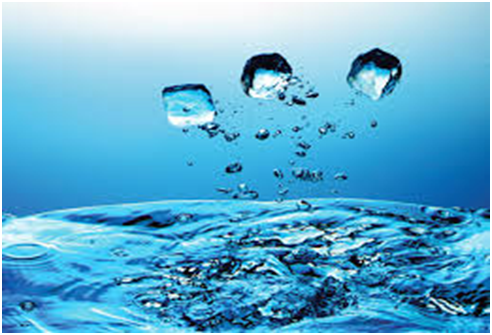Water, water everywhere!
Whenever you flush the toilet, your job is done and you can carry on with your day but do you ever wonder where that toilet water goes? Maybe you’d rather not think about it but the secret infrastructure that supports our daily existence can be quite fascinating.
There is only a finite amount of water on the planet so when you flush or empty the bath, that water has to be re-used. Sewage or wastewater has to be treated before being returned to rivers. In the UK there are a staggering 43,500 miles of sewer, 1.2 million manholes and 2,530 pumping stations. Sewage is big business!
After flushing, the wastewater travels through a drain and down a pipe that connects to the sewer pipe out under the road. There is a network of these pipes under our feet as all the wastewater from houses travels to the nearest sewage treatment works. Sometimes a pump needs to be used to help the water move in the right direction.
The first stage of cleaning that the water encounters is the screening which is the process of removing objects that shouldn’t be there and could cause blockages, for example, wet wipes and even nappies. All sorts of things are found at this stage though and it’s surprising what people manage to flush down the toilet!
The water then needs to separated from the icky human stuff and so the water is pumped into settlement tanks where solid matter sinks to the bottom. Large scrapers push the sludge towards another area for further treatment. Amazingly this sludge can help generate power by being turned into a renewable gas. Now that really is poo power!
The water is now pushed through aeration lanes where air is pumped into it. Good bacteria begins to eat away anything nasty that is lurking and as they multiply, they carry on eating until nothing bad remains. The water passes through another settlement tank so the good bacteria sinks to the bottom and can be removed. Finally, the water is filtered through sand which filters out anything that could possibly have survived. Such an important process needs effective and reliable industrial parts so there is minimal disruption to this 24/7 operation. For Gates vee Belts, visit http://industrialbeltdrives.com/
After this process is complete then the water can be returned to local rivers and streams to begin it’s cycle all over again. The treated water is closely scrutinised and is tested often to ensure it meets the standards set by the Environment Agency.

Modern sewage systems were engineered as a necessity to improve conditions in heavily industrialised, urban areas. Sanitary systems needed to improve as contaminated water caused cholera outbreaks in London in 1849 and 1855 killing tens of thousands of inhabitants. Untreated human waste clogged up the River Thames in 1858 and caused the ‘Great Stink’ which must have been absolutely disgusting to live through. The situation was so serious that the Metropolitan Commission of Sewers was created to start work on a huge underground system for the removal of human waste.


